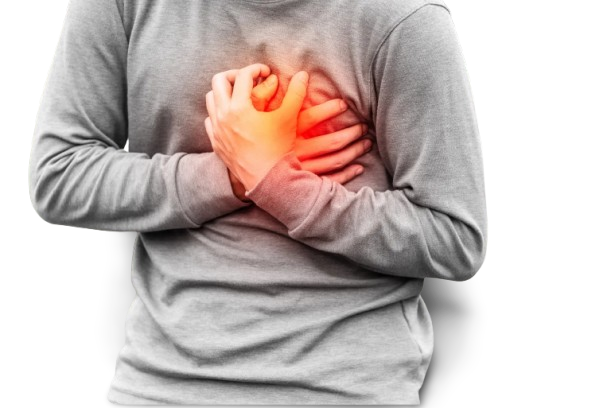Benefits of walking
• Improves efficiency of your heart and lungs
• Burns body fat
• Raises your metabolism so you are burning
calories faster, even while you rest
• Helps control your appetite
• Increases your energy
• Helps relieve stress
• Slows aging
• Lowers high blood pressure
• Helps control and prevent diabetes
• Reduces risk of some forms of cancer
including colorectal, prostrate, and breast
• Promotes intestinal regularity
• Helps promote restful sleep
• Strengthens your bones and reduces bone density
loss in older women
• Reduces stiffness in your joints due to
inactivity or arthritis
• Relieves most cases of chronic backache
• Improves flexibility
• Improves posture
• Promotes healthier skin due to increased
circulation
• Improves mental alertness and memory
• Spurs intellectual creativity and problem
solving
• Elevates mood
• Helps prevent and/or reduce depression
• Improves your self-esteem
• Helps control addictions to nicotine,
alcohol, caffeine, and other drugs
Walking is much preferable to running or
jogging because it creates less stress on your joints, including hips, knees,
and ankles. Remember to properly warm up
*Research has shown that the benefits of
walking and moderate physical activity for at least 30 minutes a day can help
you:
ü
Reduce the risk of coronary heart disease
ü
Improve blood pressure and blood sugar levels
ü
Improve blood lipid profile
ü
Maintain body weight and lower the risk of obesity
ü
Enhance mental well being
ü
Reduce the risk of osteoporosis
ü
Reduce the risk of breast and colon cancer
ü
Reduce the risk of non-insulin dependent (type 2)
diabetes
The impact of walking on mental health:
·
reduce physical symptoms of anxiety associated with
minor stress.
·
increase self‐reported energy levels when older adults set their own
pace.
·
improve sleep quality.
·
elevate affective response (e.g. pleasure), resulting
in increased psychological well‐being for individuals
·
with type 2 diabetes.
·
be associated with better cognitive performance at
school.
·
improve the cognitive functioning of older adults
(compared to stretching and toning).
·
improve cognitive performance and reduce cognitive
decline among older people.
·
increase the size of the hippocampus and prefrontal
cortex, potentially beneficial for memory.
ý
In 2011, three review studies examining the
recommended number of daily steps for adults, children and special populations,
in order to determine ‘how many steps per day are enough?, The researchers also
identified the minimum number of moderate to vigorous steps recommended for
male and females at a variety of age thresholds. These findings are summarized
in figure
Ref:
- Collaborating for Health
- Iowa State University of Science and
Technology
- American Heart Association









































